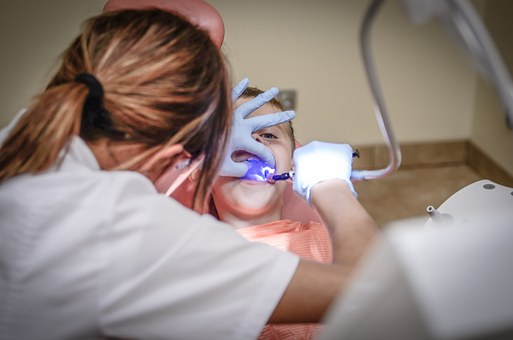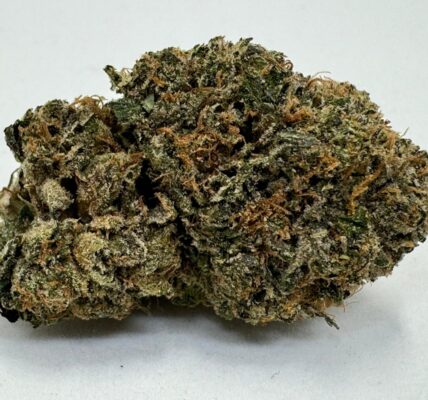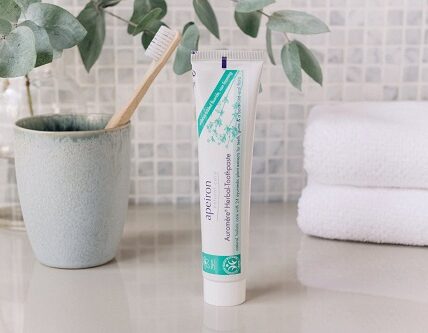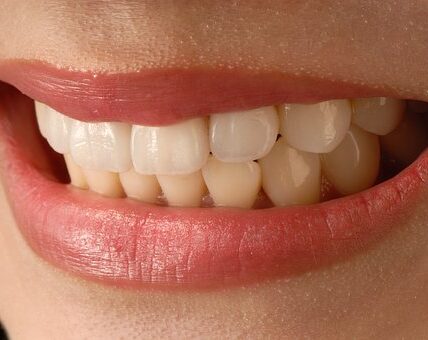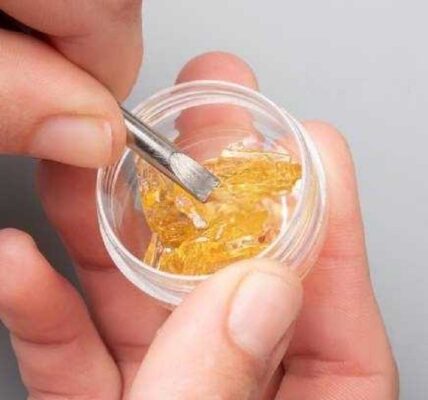Tooth extraction, whether due to decay, overcrowding, or periodontal disease, can be a necessary step toward maintaining oral health. However, the recovery period following the procedure can be uncomfortable, often involving pain and swelling. Understanding how to manage these symptoms effectively can significantly improve your healing experience. In this article, we’ll explore various methods to alleviate pain and swelling after a tooth extraction, ensuring a smoother recovery.
Understanding Pain and Swelling After Extraction
Pain and swelling are common responses to tooth extraction, resulting from the body’s natural healing processes. When a tooth is removed, the surrounding tissues are disturbed, leading to inflammation and discomfort. Swelling typically peaks within 24 to 48 hours after the procedure and can last for several days. While some discomfort is normal, severe pain or excessive swelling may indicate complications, such as infection or dry socket, requiring prompt medical attention.
1. Follow Post-Operative Instructions
The first step in managing pain and swelling is to adhere closely to the post-operative instructions provided by your dentist or oral surgeon. These guidelines are tailored to your specific situation and can significantly impact your recovery. Common recommendations may include:
- Resting: Give your body time to heal by avoiding strenuous activities for the first few days post-extraction.
- Using prescribed medications: Take any prescribed pain relievers or antibiotics as directed.
2. Ice Therapy
Applying ice to the affected area is one of the most effective methods for reducing swelling and numbing pain. Here’s how to do it correctly:
- Apply ice packs wrapped in a cloth or a towel to the outside of your cheek near the extraction site.
- Use ice for 15-20 minutes every hour as needed during the first 24 hours post-extraction.
- After the first 24 hours, switch to warm compresses to promote blood flow and healing.
3. Over-the-Counter Pain Relief
Non-prescription pain relievers can help manage discomfort effectively. Options include:
- Ibuprofen (Advil, Motrin): This anti-inflammatory medication helps reduce both pain and swelling. Follow the dosage instructions on the label or as advised by your dentist.
- Acetaminophen (Tylenol): This pain reliever is a good alternative if you cannot take NSAIDs.
Always consult your dentist before taking any medication to ensure it’s safe, especially if you have other health conditions or are taking other medications.
4. Maintain Good Oral Hygiene
Keeping the mouth clean is crucial for preventing infections that can lead to increased pain and swelling. Here are some tips for maintaining oral hygiene after extraction:
- Gently rinse your mouth with warm salt water (1 teaspoon of salt in 8 ounces of water) starting 24 hours after the extraction. This helps reduce swelling and promotes healing.
- Avoid brushing the extraction site directly for the first few days to prevent irritation.
- Continue brushing your teeth as usual but be gentle around the extraction area.
5. Stay Hydrated and Eat Soft Foods
Staying hydrated is essential for recovery. Drinking plenty of fluids helps maintain hydration, which is crucial for healing. However, avoid using straws, as the suction can dislodge the blood clot that forms at the extraction site.
Eating soft foods is also important to prevent pain during meals. Good options include:
- Mashed potatoes
- Applesauce
- Smoothies
- Yogurt
- Soup (avoid hot foods initially)
These foods can provide necessary nutrients while being gentle on your healing gums.
6. Avoid Certain Activities
Certain activities can exacerbate pain and swelling after tooth extraction. To ensure a smooth recovery, avoid the following:
- Physical exertion: Strenuous exercise can increase blood flow and lead to more swelling and pain.
- Smoking: Smoking can delay healing and increase the risk of complications, such as dry socket.
- Hot foods and drinks: Avoid consuming hot liquids and foods, as they can cause irritation to the extraction site.
7. Elevate Your Head
Keeping your head elevated, especially when resting or sleeping, can help reduce swelling. Prop yourself up with pillows to prevent fluid accumulation in the affected area. This position can also help manage discomfort by promoting blood circulation.
8. Herbal Remedies
Some herbal remedies may help alleviate pain and swelling after tooth extraction. Always consult your dentist before trying these options, as they may interact with medications:
- Arnica: Available in cream or homeopathic form, arnica may help reduce swelling and bruising.
- Clove oil: Known for its analgesic properties, clove oil can be applied to the extraction site (diluted with a carrier oil) to help relieve pain.
9. Monitor Your Symptoms
Keeping track of your symptoms can help identify any complications early. Look for signs such as:
- Increasing pain after the first few days
- Excessive swelling that worsens after 48 hours
- Fever or chills
- Foul taste or smell in the mouth
If you notice any of these symptoms, contact your dentist immediately for guidance.
10. Follow Up with Your Dentist
Finally, don’t skip your follow-up appointment with your dentist. This visit is crucial for assessing your healing progress and addressing any concerns. Your dentist can provide additional recommendations based on your recovery status and may offer further treatment if needed.
Conclusion
Pain and swelling after tooth extraction are common but manageable with the right strategies. By following post-operative instructions, using ice therapy, taking pain relievers, maintaining oral hygiene, and avoiding certain activities, you can alleviate discomfort and promote a smoother recovery. Always consult your dentist with any concerns, especially if you experience severe pain or other complications. With proper care, you’ll be back to enjoying your favorite foods and activities in no time!

